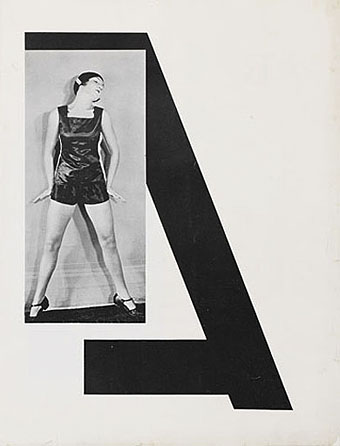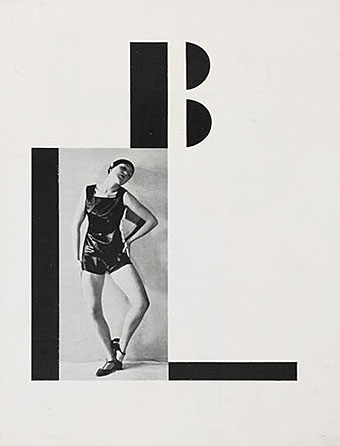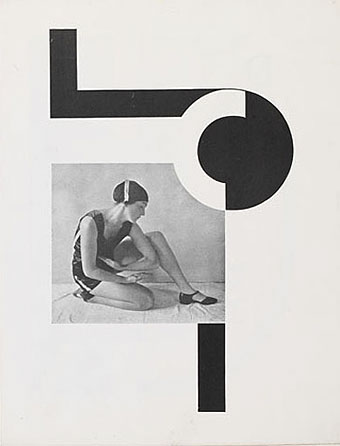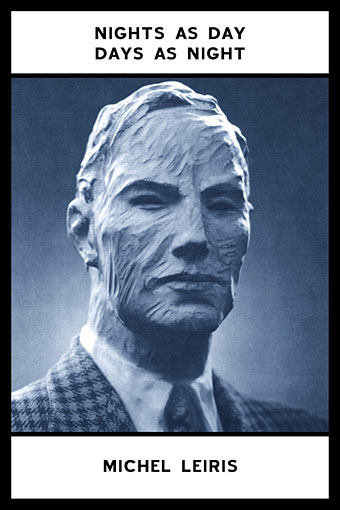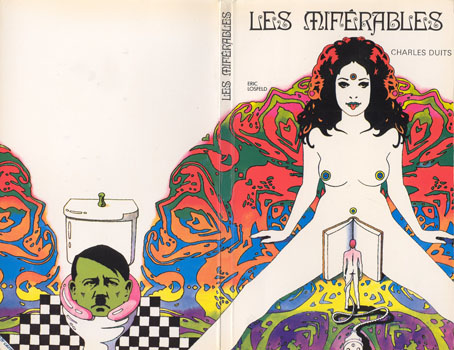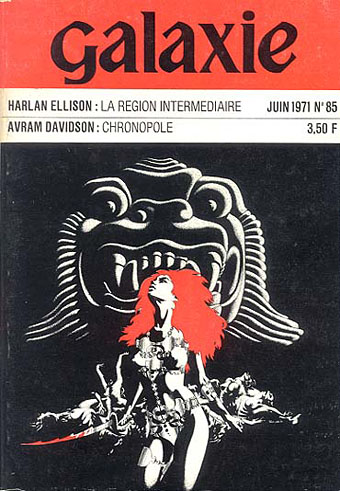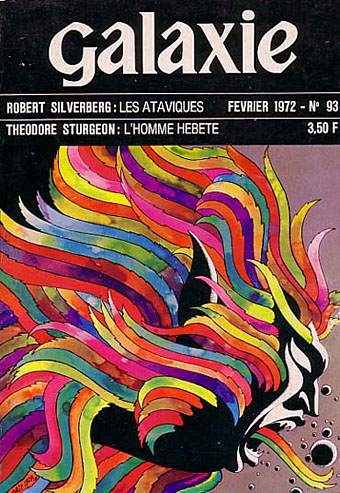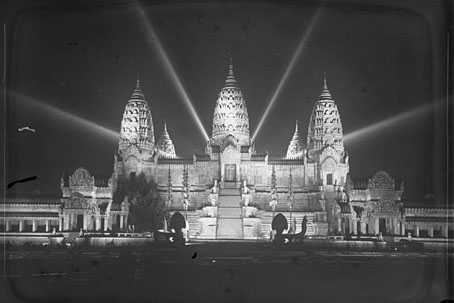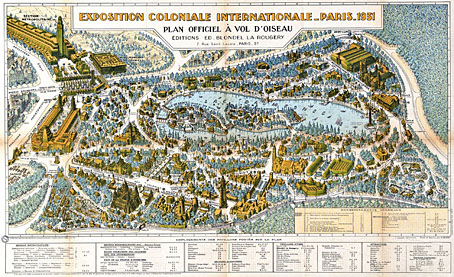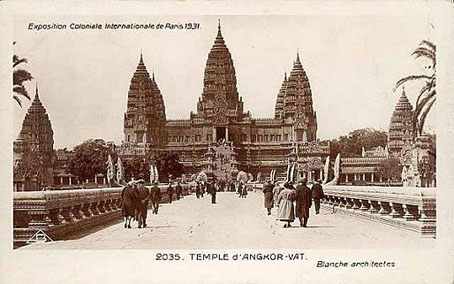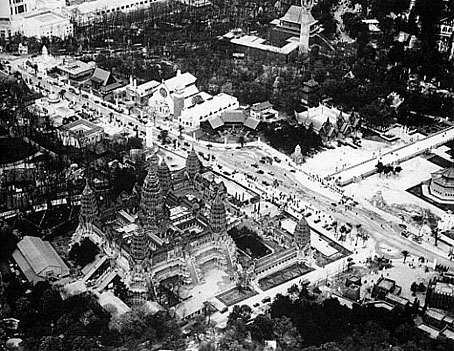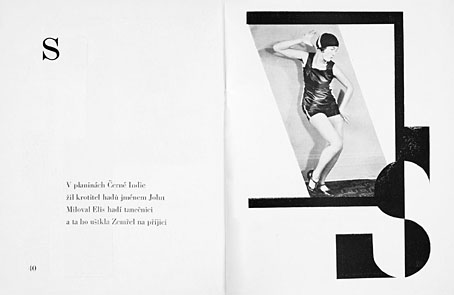
This week I’ve started working my way through the filmography of Jan Svankmajer, having finally acquired a blu-ray set of his feature films. I’ve also been reading interviews and rewatching some of the documentaries about the man and his work, which in turn prompted me to look up some of his associates and precursors among the Czech Surrealists. Prague was unusual in being a centre for the early development of Surrealism at a time when the movement (for want of a better term) was centred on Paris. André Breton encouraged this, and cultural exchanges took place, with Breton and Paul Éluard visiting Prague, while Vlatislav Netzval and his colleagues journeyed to Paris. The outbreak of war severed the connection but this also had the inadvertent effect of perpetuating the Czech brand of Surrealism by cutting off Prague from the rest of the European avant garde. While Breton and co were forced to flee to the United States and Mexico, the Czech Surrealists went underground, hiding their illicit explorations first from the occupying Nazis, then from the disapproving Communist authorities. It’s always important to bear this in mind when considering Svankmajer’s films and artwork; his Surrealism is a serious motivation with a long history in Czech and Slovak art.
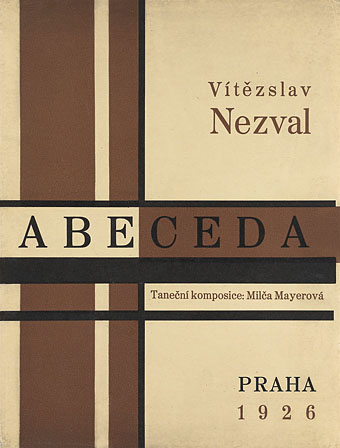
Vlatislav Netzval is best known today for being the author of Valerie and Her Week of Wonders (1935), the source novel for the cult film by Jaromil Jires. Abeceda (1926) is a much shorter work, a Modernist abecedary created by Netzval (who wrote a short verse describing each letter) with Milca Mayerová (who choreographed a series of letterform poses) and Karel Teige (who designed the book and took the photographs). I’ve not seen a complete translation of the verses but I love the page design which is like something the Bauhaus might have produced for the Modernist Children of the Future. The form being used here had a name—Poetism—a Czech variation on similar movements elsewhere such as Constructivism and Futurism but with an intention to create works accessible to all, hence the abecedary. I can imagine Milca Mayerová’s poses being animated by Svankmajer’s staccato edits although his design preferences have always been more florid and baroque. A Surrealist he may be but he also favours Jean Midolle’s Alphabet Lapidaire Monstre.
(As before, the Czech names here should include their proper accents but the coding on this blog throws up errors when it encounters certain letters. My apologies to Czech readers.)
